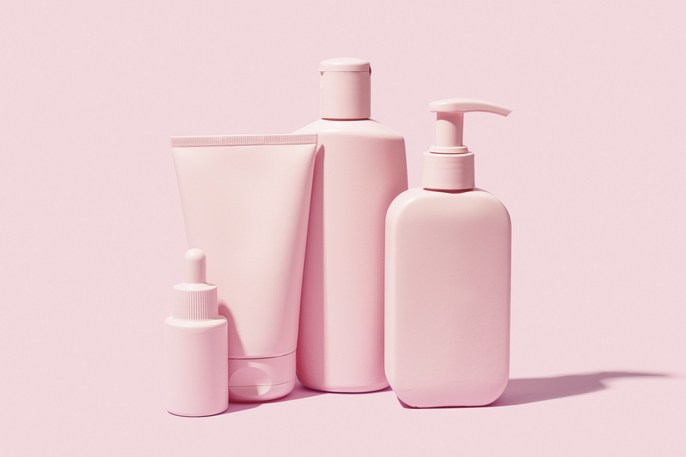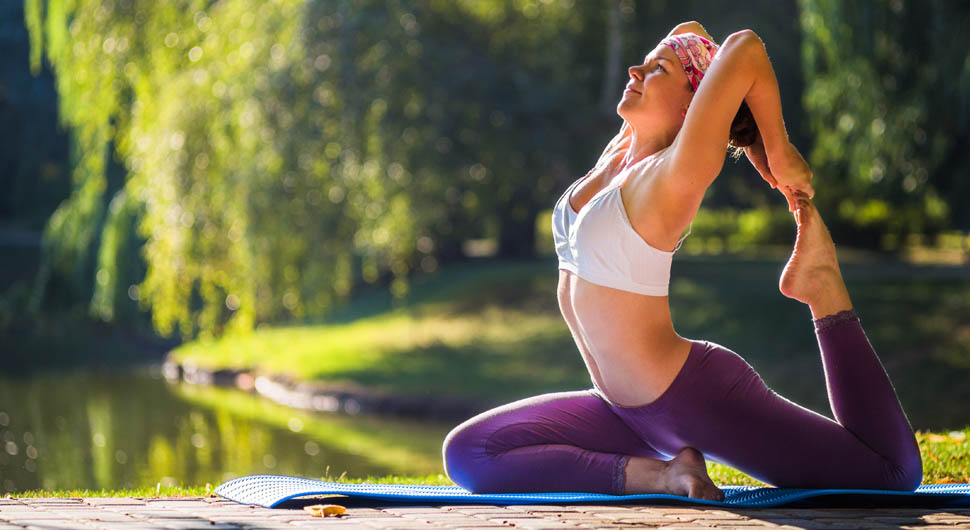Sunscreen can protect your skin against skin cancer and premature aging. However, it is not as effective unless it's applied correctly.
When it comes to skincare, one motto prevails above all: sunscreen is essential. While a glowing tan is always a desirable look for the summer, it's no secret that too much time in the sun can lead to sunburn, causing anything from slight redness to painful blisters. Studies have also shown that sun damage is one of the primary catalysts for signs of aging like wrinkles and dark spots, as well as more serious conditions like skin cancer.
However, when it comes to application, it's unclear where sunscreen belongs in your skincare routine. We have all the answers to help you protect your skin this summer by explaining how to properly apply and layer your sunscreen.

Finding Your Sunscreen
When choosing your sunscreen, there are several factors to consider, the first bring the type of sunscreen. Many sunscreens are chemical-based, meaning the primary ingredient is one of several different chemicals that protect against UV penetration of the skin. However, studies have shown that these can be harmful to aquatic life when worn in the ocean or other bodies of water.

Physical sunscreens are classified as “mineral sunscreens,” meaning they are usually made of zinc oxide or titanium dioxide, both of which are amenable to sensitive skin. They protect the skin from sun exposure without aggravating your pores or any existing skin issues like acne or discoloration. Physical sunscreen is also reef-safe, meaning that it does not pose a threat to the environment or its wildlife.
How Much SPF
Every sunscreen comes with an SPF level, indicating the product's "sun protection factor," or how much longer it would take for the sun to burn your skin than if you didn't wear any sunscreen at all. For example, if you wore sunscreen with SPF 50, it would take 50 times longer for the sun to penetrate your skin.

When choosing an SPF, it's important to understand how much is necessary. Sunscreen is meant to protect against the sun's UV rays, however, there are two kinds: UVA and UVB. UVA rays prompt tanning or sunburns, as well as wrinkles and other signs of aging. UVB rays, on the other hand, can cause more serious damage to the skin like cancer. Sunscreens that protect against both kinds of rays are referred to as "broad spectrum," however only SPFs above 30 will protect against UVB rays.
How to Apply
While sunscreen can technically be applied at any stage of your skincare/makeup application process, the best time to apply depends on the type of sunscreen. Chemical sunscreens are recommended prior to moisturizer in order to give the skin time to absorb it. However, physical sunscreens can go on after your moioisturizer.
While many have suggested it’s acceptable to mix moisturizer with sunscreen, this dilutes the sunscreen's protectiveness, rendering your face susceptible to sun damage. However, certain moisturizers and makeup products contain SPF. While this will aid in keeping your face shielded from the sun’s harmful rays, many dermatologists recommend still adding sunscreen separately to your routine unless your moisturizer has an SPF of at least 30 and can protect your skin from UVB rays. In this case, applying the two together would be acceptable.
Whether you’re planning to mix your moisturizer with your sunscreen, use your SPF moisturizer alone, or just apply your sunscreen, make sure you apply a thick layer. For an approximate amount, try drawing lines with your product across the lengths of your three middle fingers. This should be enough to cover your face and neck, however, you can never put on too much. Don't forget to also spread the love to your ears and scalp—yes, even your scalp.
When bringing the sunscreen to your face, dot the product evenly around before gently working it into your skin. However, you will need to reapply throughout the day. Not only does a sunscreen's SPF only protect you from the sun for a certain period of time, but like makeup, sunscreen wears down over time from sweat and contact with outdoor elements like pollution. As a result, it's best to reapply about every 90-120 minutes, giving consideration to one's SPF level and coloring. It's critical that those with fairer skin reapply regularly and often throughout the day as they are more susceptible to burning.
If you're already bare-faced, feel free to reapply your standard sunscreen. However, if you're wearing makeup, consider wearing a tinted moisturizer with SPF to begin with or using mineral-based makeup products with SPF like a powder for reapplication. This will protect your skin without messing up your foundation or leaving you with a white cast over your look.





